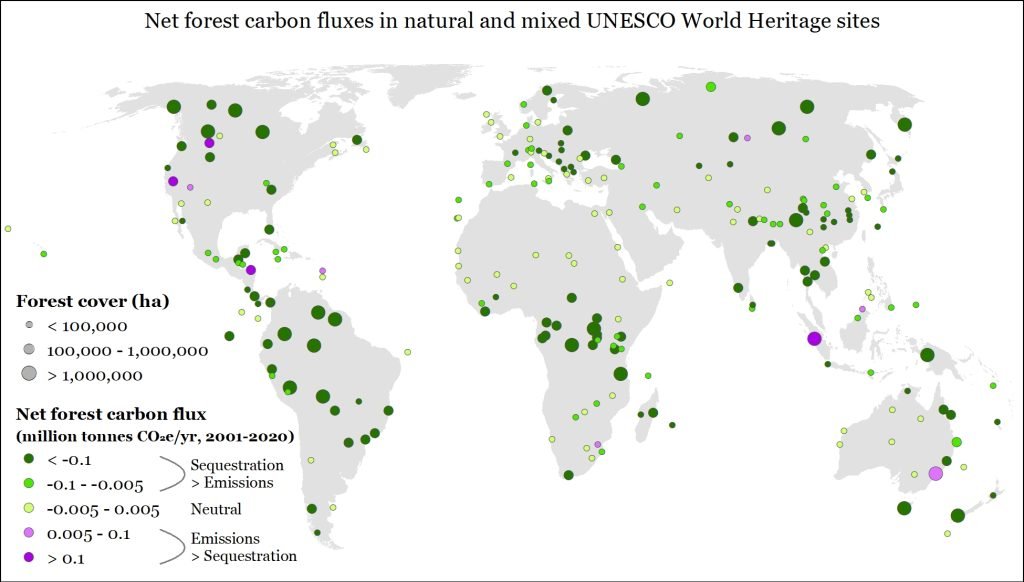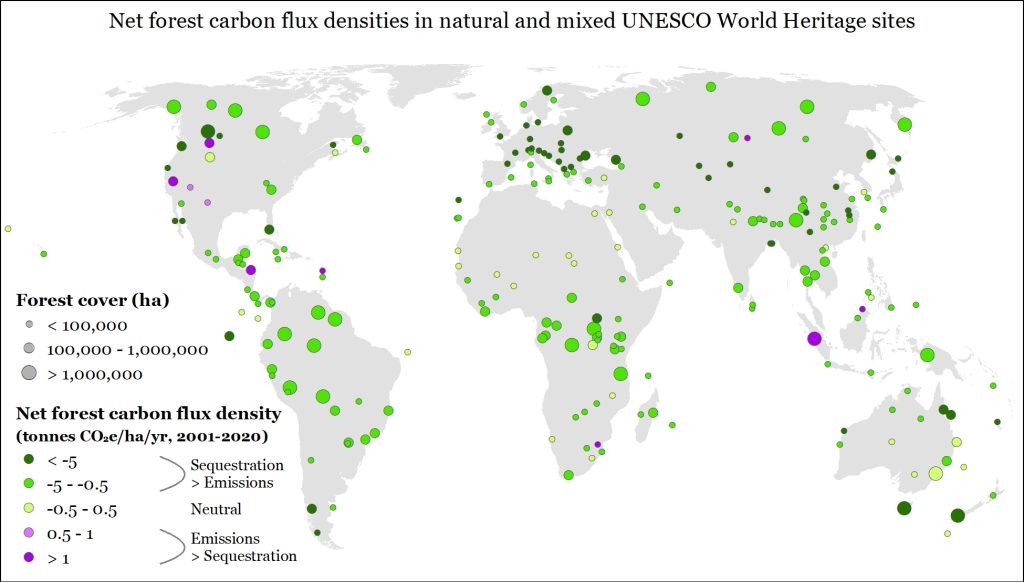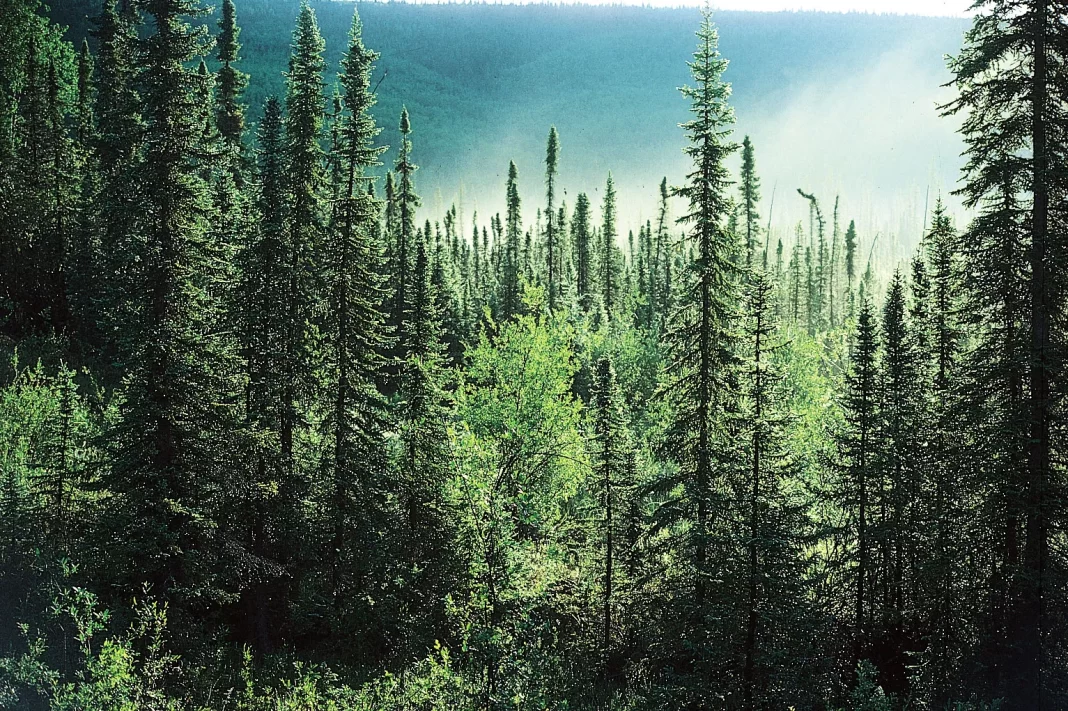Paris, 23 September 2022 (TDI): United Nations Education Science and Culture Organization (UNESCO) in its Flashback Friday series, shared about 10 World Heritage Forest sites that are emitting more carbon.
#DYK that @UNESCO World Heritage #forests 🌲 are vital to fighting #ClimateChange?#FlashbackFriday to our report which shows that 10 #WorldHeritage Forest sites are emitting more carbon than absorbing it: https://t.co/oa3yz11gfV #TheNext50 pic.twitter.com/nCfIP4CvdB
— UNESCO 🏛️ #Education #Sciences #Culture 🇺🇳😷 (@UNESCO) September 23, 2022
World Heritage Forests
Although the World Heritage Forests have been playing a vital role in fighting climate change, there are some sites that are doing the exact opposite.
Forests influence the world’s climate by constantly generating and absorbing carbon dioxide (CO2) from the atmosphere.
However, a lack of data has frequently made it difficult to grasp the transfer of CO2 between forests and the atmosphere in particular areas.
Accurate localized estimates of the carbon emitted from and sequestered by forests are now possible. This is because of newly available maps showing how much carbon the woods collected and released between 2001 and 2020.
According to the latest analysis, 69 million hectares, or approximately twice the size of Germany, of UNESCO World Heritage Forests contain 13 billion tons of carbon in soil and vegetation.
Adding to that, this is more carbon than Kuwait’s confirmed oil reserves, which is a total of 101 billion barrels. The majority of the World Heritage forest carbon is stored in tropical sites.
Although stable carbon storage is significant, trees’ emissions and uptake of carbon have a greater impact on climate change.
According to the new assessment, between 2001 and 2020, forests in World Heritage sites are estimated to have taken 190 million tons of CO2 out of the atmosphere per year.
This is roughly equal to half of the amount of carbon emissions from fossil fuels that the UK produced in 2019.
Also Read: UNESCO’s Travel Tuesday features the Great Wall of China
Along these lines, ten large sites were responsible for half of the World Heritage network’s total net carbon sink.
even sites that are smaller total sinks (absorbing less carbon dioxide overall) can have a significant impact on regional and local climate control.
Additionally, sites that are smaller total sinks (absorbing less carbon dioxide overall) can also play a considerable role in regional and local climate regulation.
An average hectare of World Heritage forest at 55 sites can absorb in one year the same amount of carbon that a passenger vehicle emits.

It is concerning that World Heritage sites lost 3.5 million hectares of forest (more than the size of Belgium) between 2001 and 2020 and that forests in 10 World Heritage sites released more carbon than they absorbed.
Apart from this, these forests are among the best protected in the world. However, those 10 sites were not the only ones with worrying emission patterns.

Still, net carbon sinks overall, other locations reveal emissions surges and evident increasing trends that put the strength of the sink’s future at risk.








